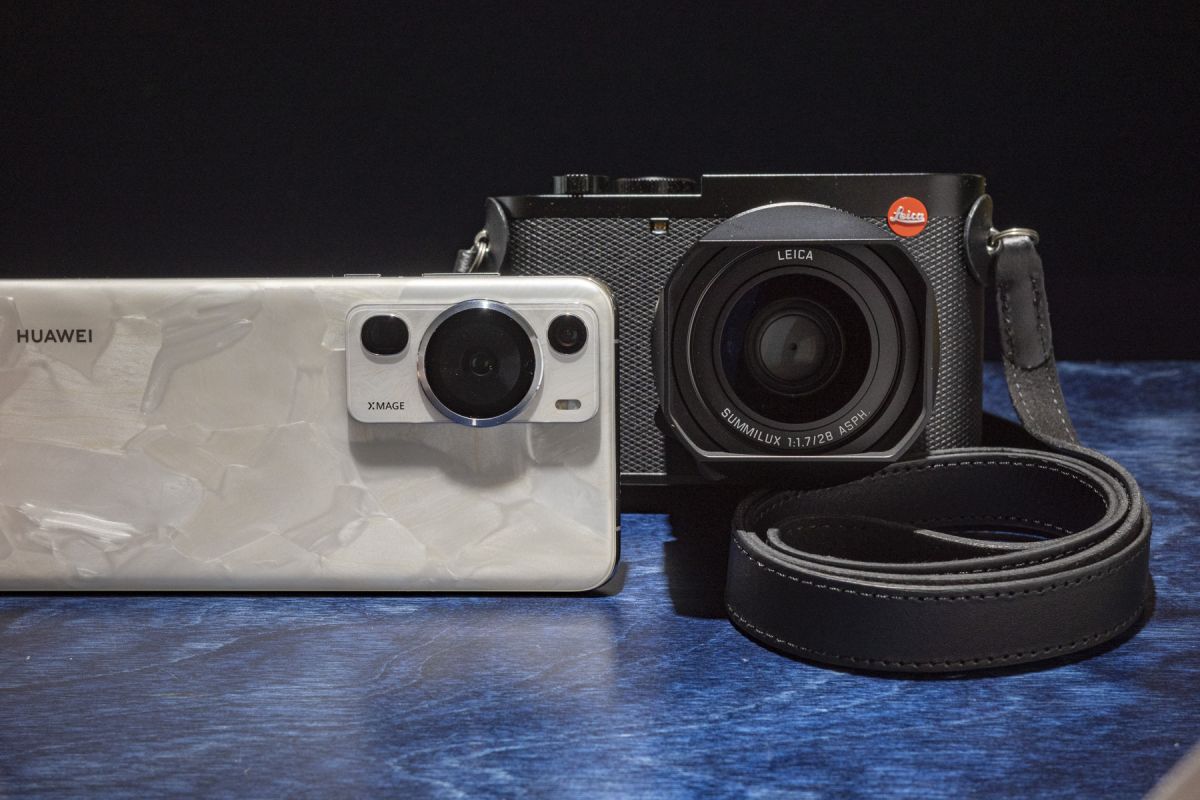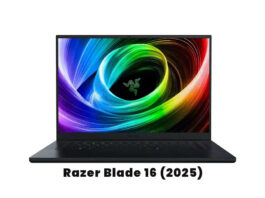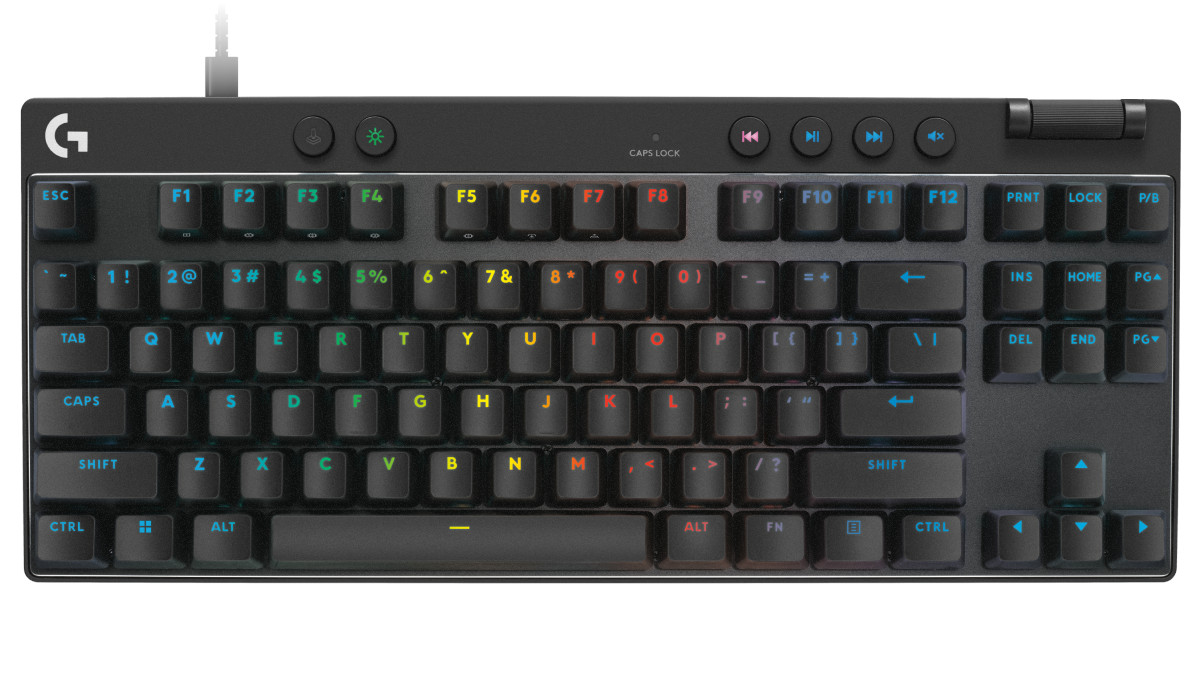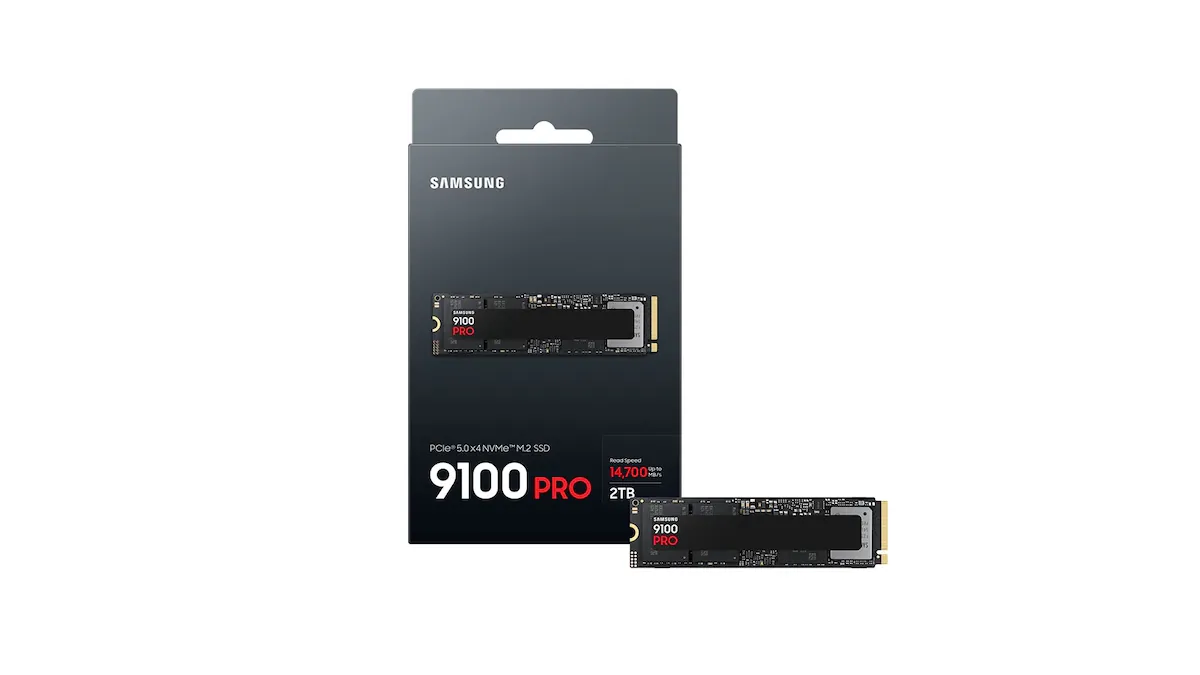Whatever your knowledge of photography, this comparison may seem ridiculous, how can you compare the full-frame Leica Q3, a premium compact camera that costs €6,000, with a phone like the Huawei P60 Pro?
However, in 2023 it’s a logical duel: In recent years, phones with the best cameras have broken into the dedicated camera market, and now the best compact cameras are fighting back.
The two cameras in question represent the pinnacle of photography technology in their respective categories in 2023, and while they look very different at first glance, they share more similarities than you might think.
We used the two cameras side-by-side for several weeks to get a sense of what everyday cameras are like and to determine what kind of images they’re capable of creating. Read on to see what we found.
FEEL IN THE HAND
When testing the LeicaQ3 we would describe it as “the most powerful, funniest and most expensive premium compact camera available” in 2023. Very few can afford it, but those who can have a heavenly photographic experience.
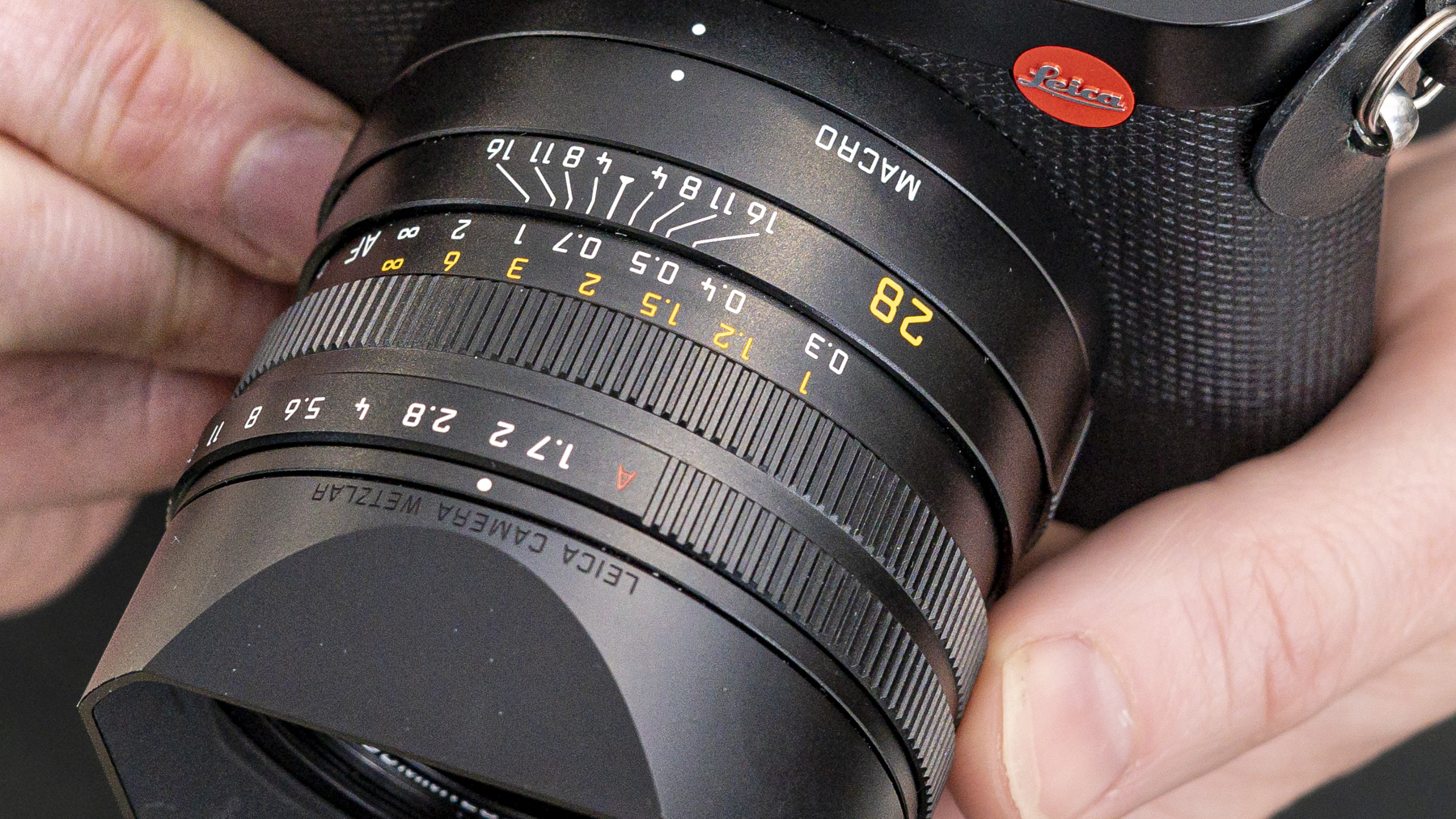
The Q3’s 28mm f/1.7 prime lens is a dream, with smooth manual focus, Leica’s best autofocus for those who want it, and a macro mode for closer focusing. It also features a tilting touchscreen, a crisp viewfinder that offers a clearer view than a well-lit screen, and customizable controls. Q3 is also proof that minimalism doesn’t have to skimp on functionality. It’s a camera you’ll want to use every day and one that will make you smile.
As for the flagship Huawei P60 Pro, its primary function is that of a phone and that means its handling for photography and video is clunkier than that of the Q3. Mobile phones are also multifunctional devices, and it’s harder to focus on creativity when used for photography than it can be with a dedicated camera.
In the specific context of using a smartphone as a camera, oddly enough, the fact that the P60 Pro lacks Google services (due to US government sanctions on Huawei) is an unexpected blessing. Honestly, it helped us to think of it purely as a pocket camera with advanced photography control and not a phone that takes pictures. However, if you plan to treat a smartphone like the P60 Pro as a serious photographic tool, we strongly recommend that you consider an optional grip to improve handling. And even with a grip, the handling of the P60 Pro for photography simply cannot be compared to the Leica Q3.
EYEGLASSES
The Huawei P60 Pro’s lenses are a revelation. It has a 25mm (approx.) main camera with an adjustable aperture from f/1.4 to f/4, as well as industry-leading close-focus capabilities (more on this below in the section “zoom in with macro the phone’s second, more limited camera has a 3.5x zoom, which is roughly equivalent to a 90mm lens, while its 10x zoom is still respectably sharp.
PHOTOS DAILY
Both the Huawei P60 Pro and Leica Q3 are excellent everyday cameras, with lenses capable of capturing similar types of subjects including portrait, landscape, macro, and telephoto in moderate detail including wildlife if you can get close enough.
IMAGES
Most important for portraits is color accuracy, and here the Leica Q3 is head and shoulders above the P60 Pro. But for other things like bokeh, the software changes the landscape for portraits.
The Huawei P60 Pro could outperform a mirrorless camera in portrait photography and that’s thanks to its AI-powered portrait mode. You can choose from various bokeh effects, such as circles and swirls. Circular bokeh is what many portrait photographers are looking for, and here you get the perfect effect at the push of a button.
The Q3’s long focal length isn’t generally thought of for portraiture, but using digital crop to 75mm and adjusting your physical distance from your subject accordingly can make portraits look more flattering. Its full-frame sensor and fast f/1.7 aperture combine for great depth of field and decent bokeh. Admittedly, it’s not perfect bokeh; that’s what the P60 Pro’s AI is for if you want it.
GET CLOSER WITH MACRO
Both cameras shoot macro, which means they can focus close to fill the shot with tiny subjects. Hands down, the P60 Pro has the best macro performance of any camera phone and can get much closer to subjects than the Q3.
NIGHT PHOTOS
There’s a lot of AI processing in the P60 Pro’s night photos; the cell phone can brighten an urban twilight sky so that it appears almost daytime. As long as there’s no rapid movement in the scene that could cause ghosting, night photos on your phone are great. If you don’t want to crank up the brightness so much for night photos, you can always use the phone’s Pro shooting mode to get full manual control over the exposure and adjust the brightness to your liking.
The Leica Q3 also performs decently at night, thanks to its full-frame sensor that organically produces clean images. It has a better dynamic range than the P60 Pro outside of the phone’s night mode. For long-exposure night photography, you’ll need to use a tripod with the Leica Q3 to keep detail sharp, while the P60 Pro is more forgiving when used handheld.
CONCLUSION
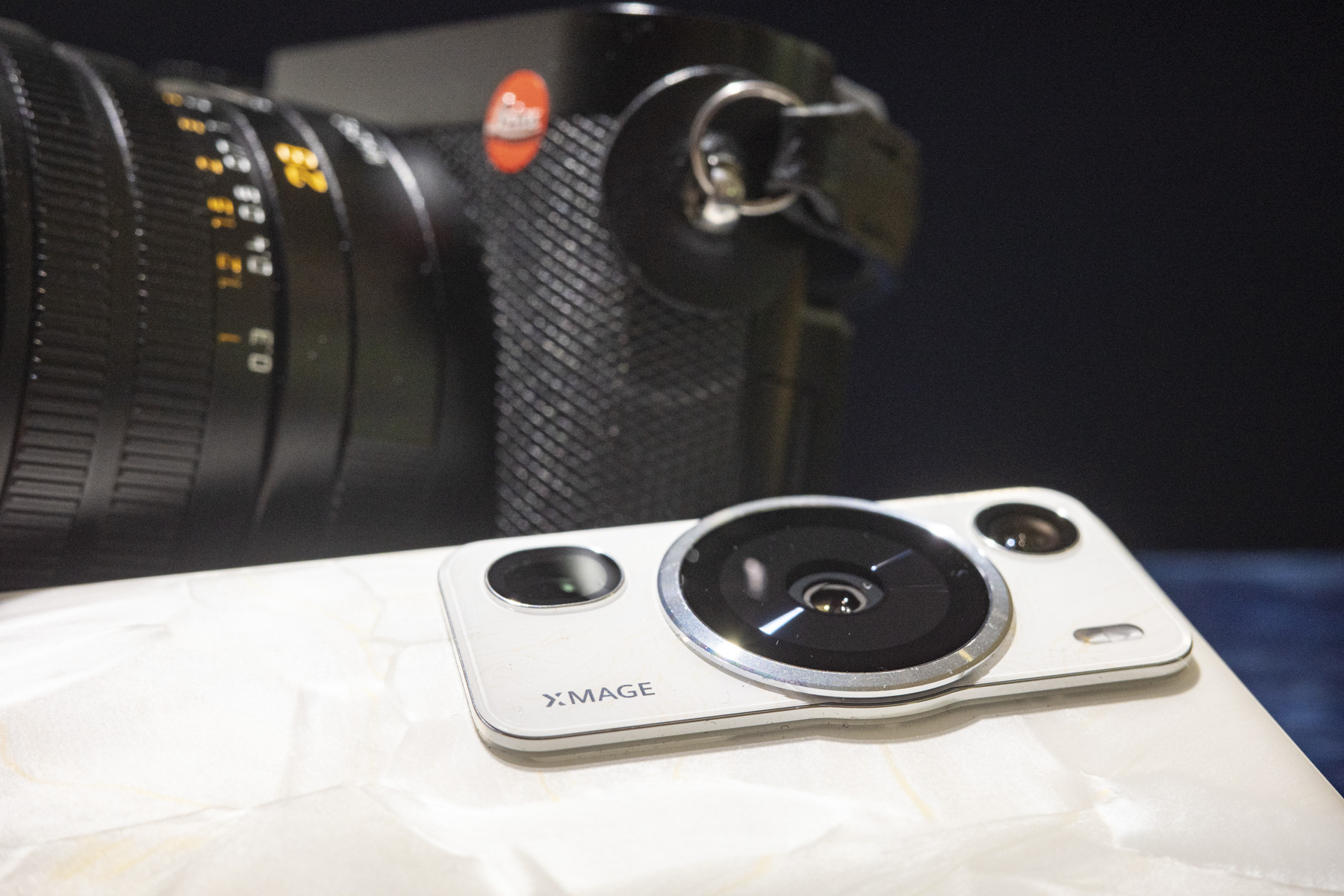
The Leica Q3 does what cameras need to do in 2023 to fend off good camera phones and artificial intelligence tricks: make photography itself an enjoyable experience and produce stunning images naturally. We recommend using it to take pictures whenever you get the chance.
The Huawei P60 Pro is the most capable camera phone to date and of course, it fits easily into your trouser pocket and could be your second phone used solely as a compact camera. Adding an optional camera grip can also improve handling.
Our impressions of the image quality of the two cameras are mixed. The Leica Q3’s natural look, especially the color, is better, but we love how the Huawei P60 Pro can use AI to enhance things like bokeh. Which would we choose for everyday photography? Well, the Leica Q3. But of course, it costs 4 times more. Both devices are incredibly capable in their way and will cater to different types of users.
The truth is that the technology available to photographers in 2023 (for those who can afford it) continues to amaze us.
Discover more from NewForTech
Subscribe to get the latest posts sent to your email.

